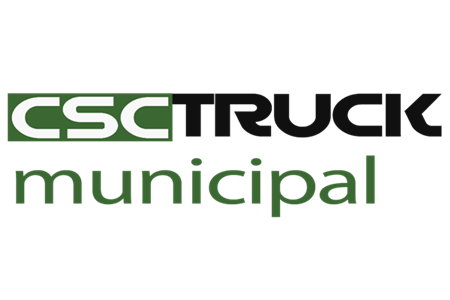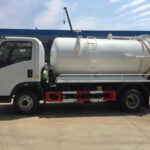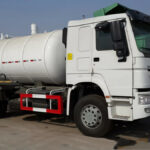Sewage trucks play a vital role in maintaining the cleanliness and hygiene of our communities. These specialized vehicles are responsible for collecting and transporting wastewater and sewage from homes, businesses, and industrial sites to treatment facilities. However, the question of where these sewage trucks dump their contents is one that often goes unanswered. In this article, we will explore the destination of sewage truck waste and shed light on the intricate process behind its disposal.
Before delving into the specifics, it is crucial to understand the importance of proper sewage disposal. Wastewater and sewage contain harmful substances, including bacteria, viruses, chemicals, and other pollutants that can pose significant health and environmental risks if not treated appropriately. Therefore, it is essential to have a well-defined system in place to handle and dispose of sewage waste safely.
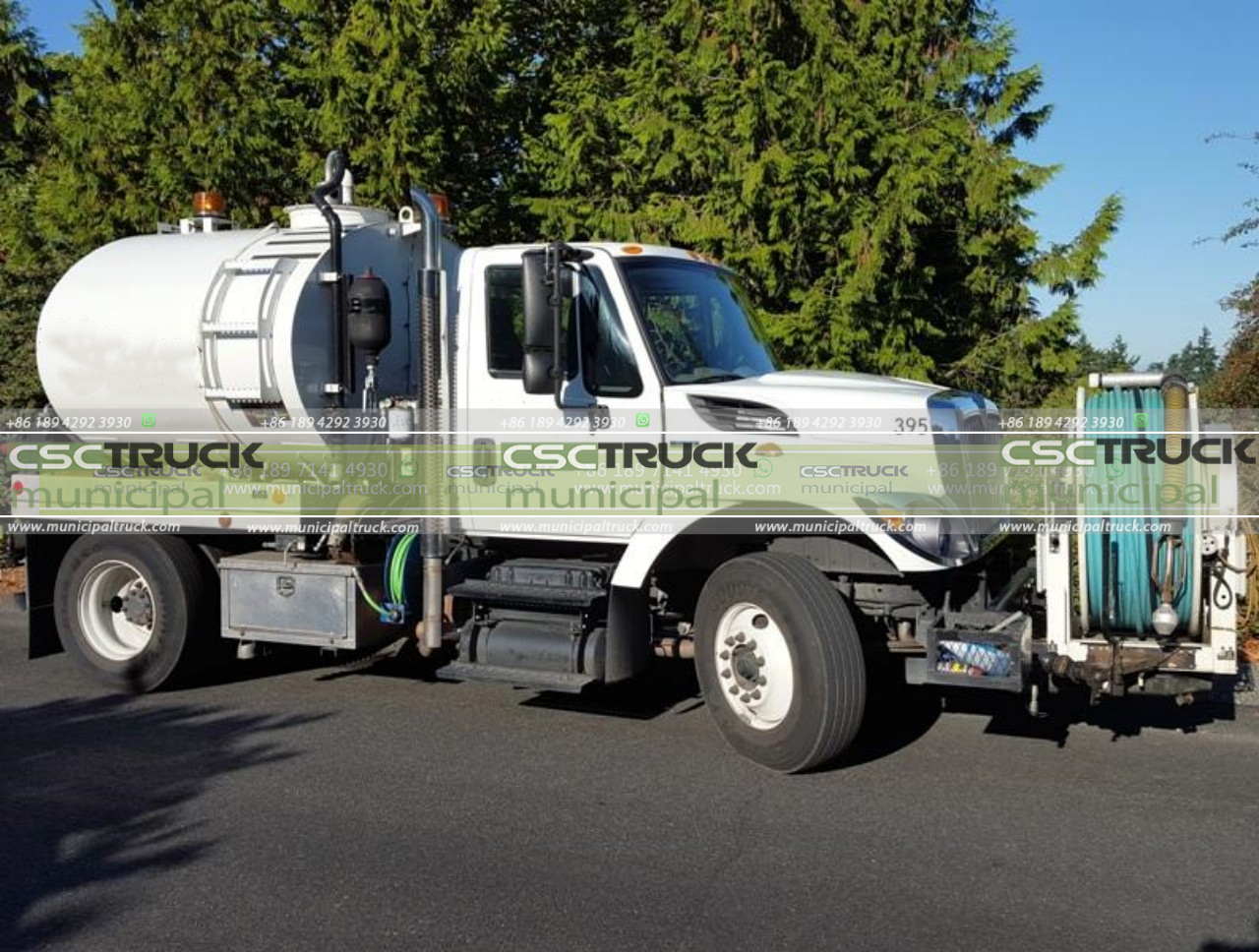
Once sewage trucks collect the waste from various sources, their next destination is typically a sewage treatment plant. These plants are designed to receive, treat, and process large volumes of wastewater and sewage. Upon arrival at the treatment facility, the sewage truck discharges its contents into specialized receiving stations.
The receiving stations act as the entry point for the wastewater and sewage into the treatment plant. They are equipped with screens and grates to remove large debris and objects that may have entered the sewage system. These objects, ranging from sticks and rags to plastic bottles, are manually removed and disposed of separately to prevent clogging and damage to the treatment equipment.
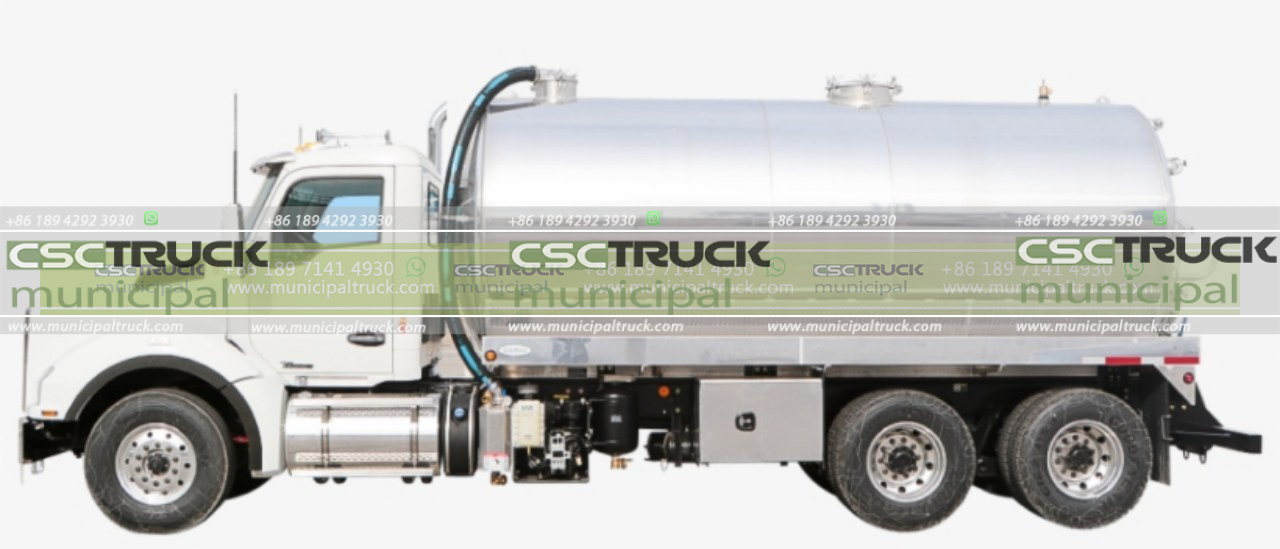
After the initial screening process, the wastewater and sewage undergo a series of treatment steps. These steps typically include primary treatment, secondary treatment, and tertiary treatment processes. Each treatment stage targets specific pollutants and contaminants, gradually improving the quality of the wastewater before it is released back into the environment.
During the primary treatment process, sewage undergoes physical and chemical treatments. Large particles and solids settle down, forming a layer of sludge at the bottom of sedimentation tanks. This sludge is collected and further treated to separate liquids from solids. The liquid portion, known as sludge supernatant, is treated separately, while the solid portion is often subjected to additional processes for further treatment or disposal.
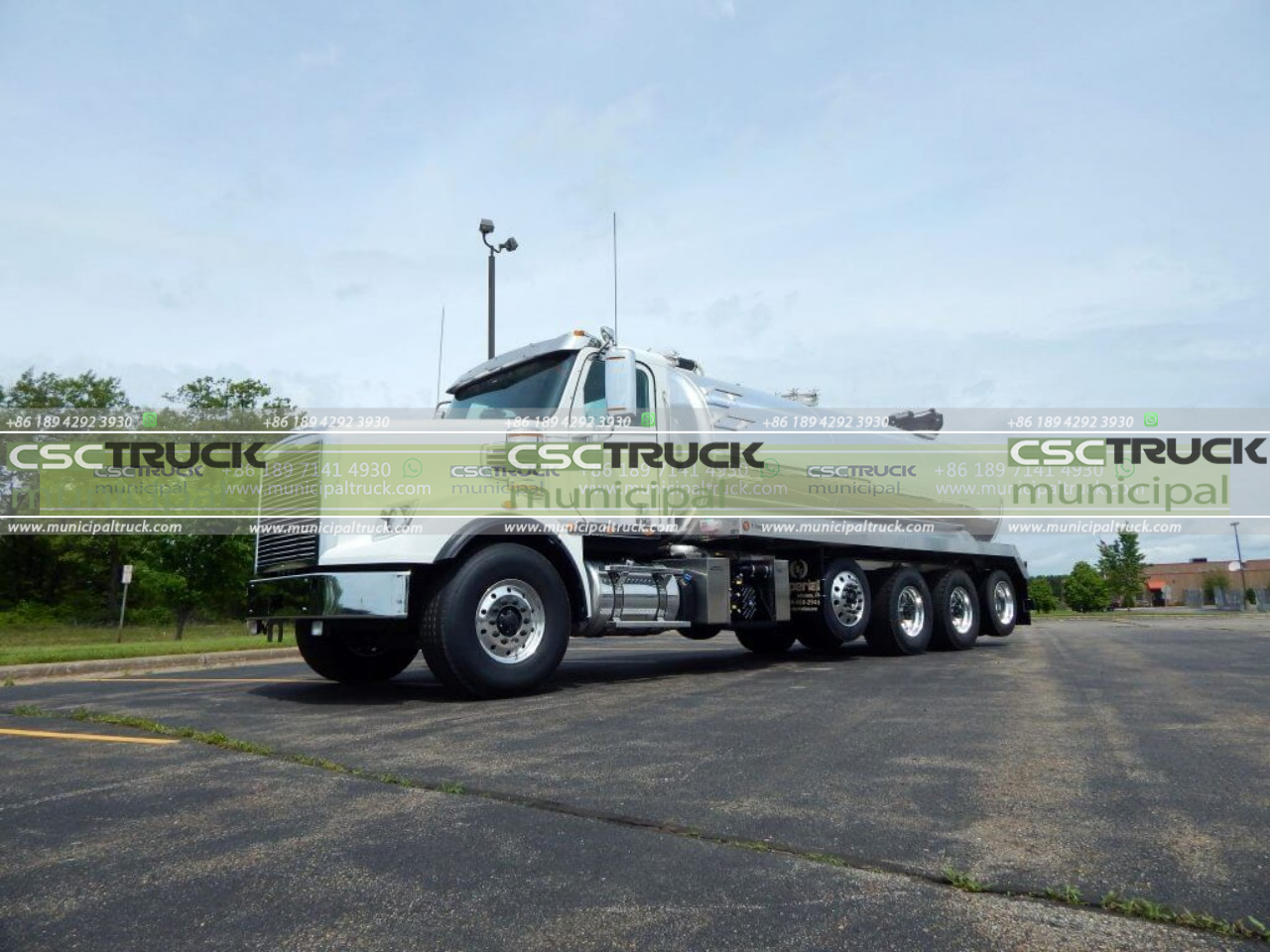
Secondary treatment focuses on the biological breakdown of organic matter in sewage. Beneficial bacteria and microorganisms are introduced into aeration tanks, where they break down the remaining organic compounds, converting them into less harmful substances. This process reduces the concentration of pollutants and eliminates the odor associated with sewage.
Tertiary treatment, the final stage of the process, involves advanced filtration methods to remove any remaining contaminants. Depending on the treatment plant, additional processes such as chemical disinfection or advanced oxidation may be employed to ensure the water meets specific quality standards before being released.

It is important to note that not all wastewater undergoes the same treatment process. Industrial wastewater, for instance, often requires specialized treatment due to the presence of unique pollutants specific to certain industries. In such cases, treatment facilities may have separate units or treatment processes dedicated to industrial wastewater.
Once the sewage treatment process is complete, the treated water, also known as effluent, is typically discharged into a water body such as a river, lake, or ocean. The specific regulations governing the release of treated wastewater vary between countries and regions to ensure that environmental standards are met.
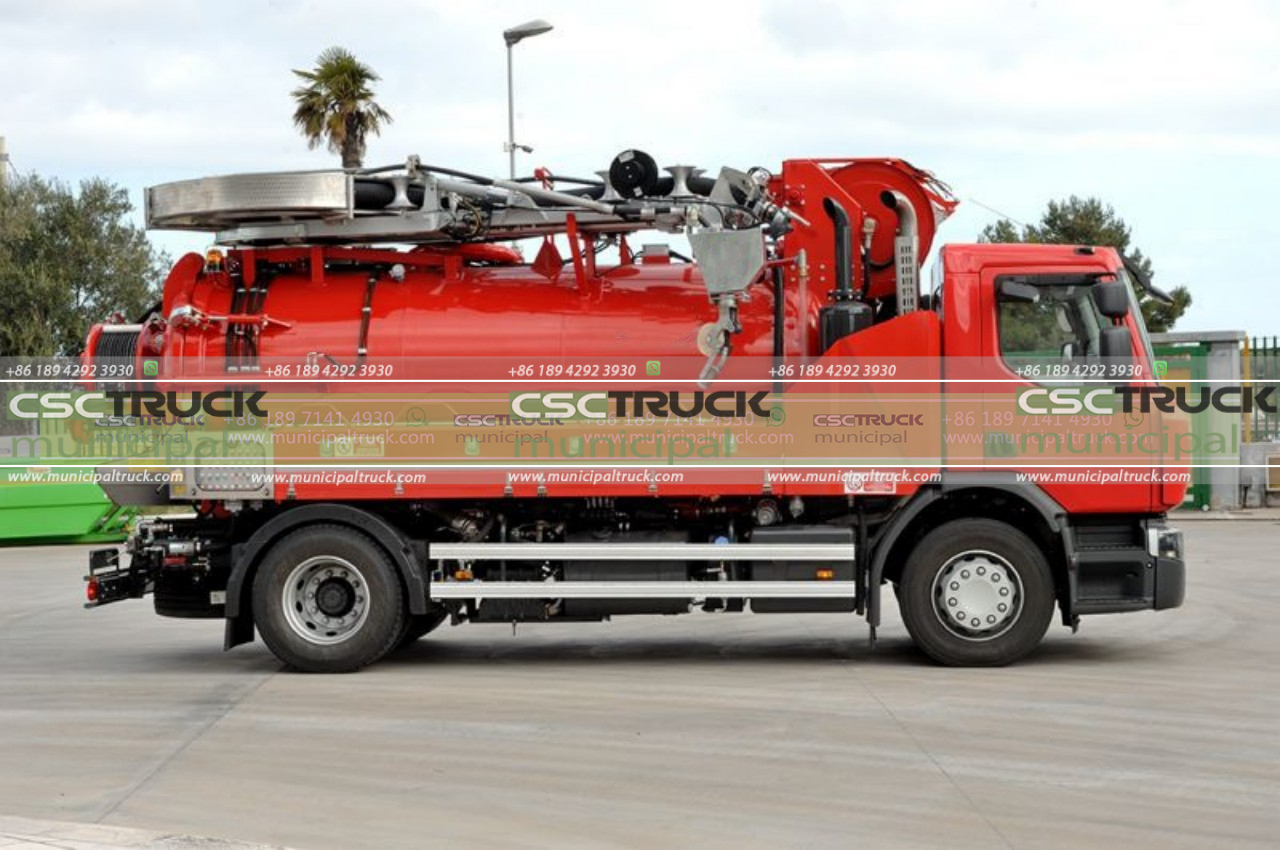
As for the sludge generated during the treatment process, it undergoes further treatment to reduce its volume and stabilize its composition. This can involve processes such as anaerobic digestion, composting, or drying. The resulting biosolids may be used as fertilizer, sent to landfills, or incinerated, depending on local regulations and the quality of the treated sludge.
It is worth mentioning that sewage disposal practices are continually evolving to improve efficiency and reduce environmental impact. In recent years, there has been an increasing focus on resource recovery from wastewater, with initiatives such as the extraction of energy and nutrients from sewage gaining traction. Advanced technologies like anaerobic digestion can convert organic matter in sewage into biogas, which can be used as a renewable energy source. Additionally, nutrients like nitrogen and phosphorus can be recovered from wastewater and used as fertilizers, reducing the reliance on synthetic fertilizers and closing the nutrient loop.
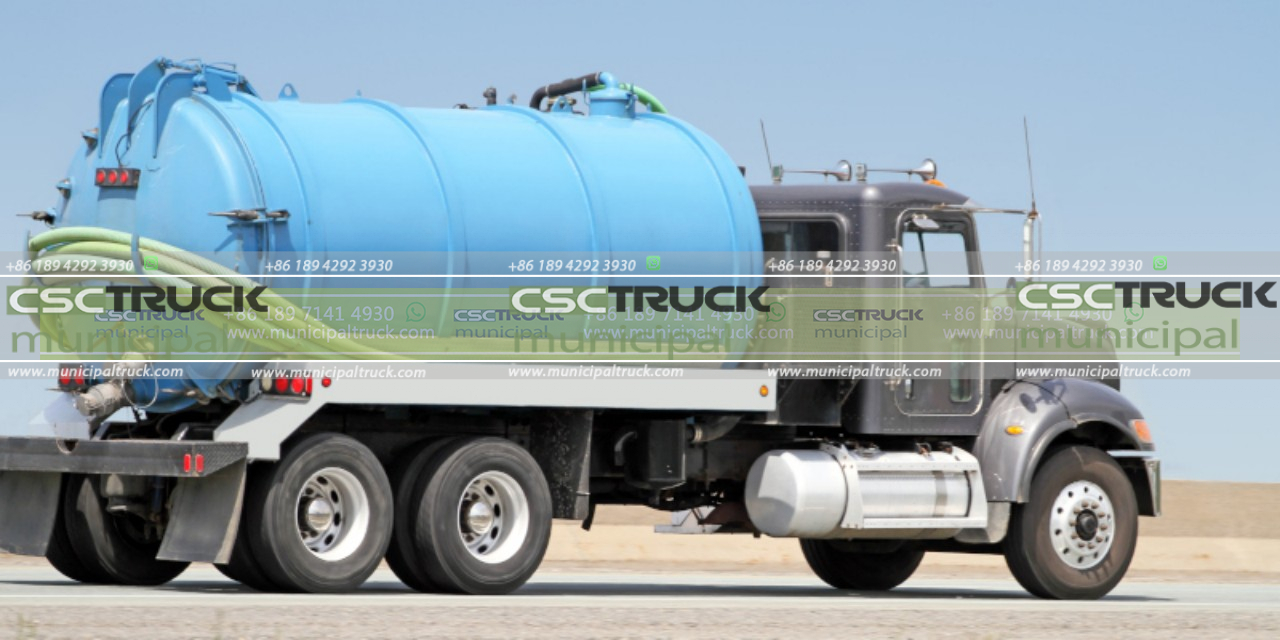
Moreover, some regions have implemented innovative solutions to further optimize sewage disposal. For instance, in certain areas, treated wastewater is used for irrigation purposes, providing a sustainable water source for agriculture and landscaping. This practice not only conserves freshwater resources but also reduces the strain on traditional water supplies.
Furthermore, decentralized wastewater treatment systems have emerged as an alternative to traditional centralized treatment plants. These systems, often employed in rural or remote areas, treat sewage on-site using technologies such as septic tanks, aerobic treatment units, or constructed wetlands. Decentralized systems minimize the need for extensive infrastructure and long-distance transport of sewage, making them more cost-effective and environmentally friendly in certain contexts.
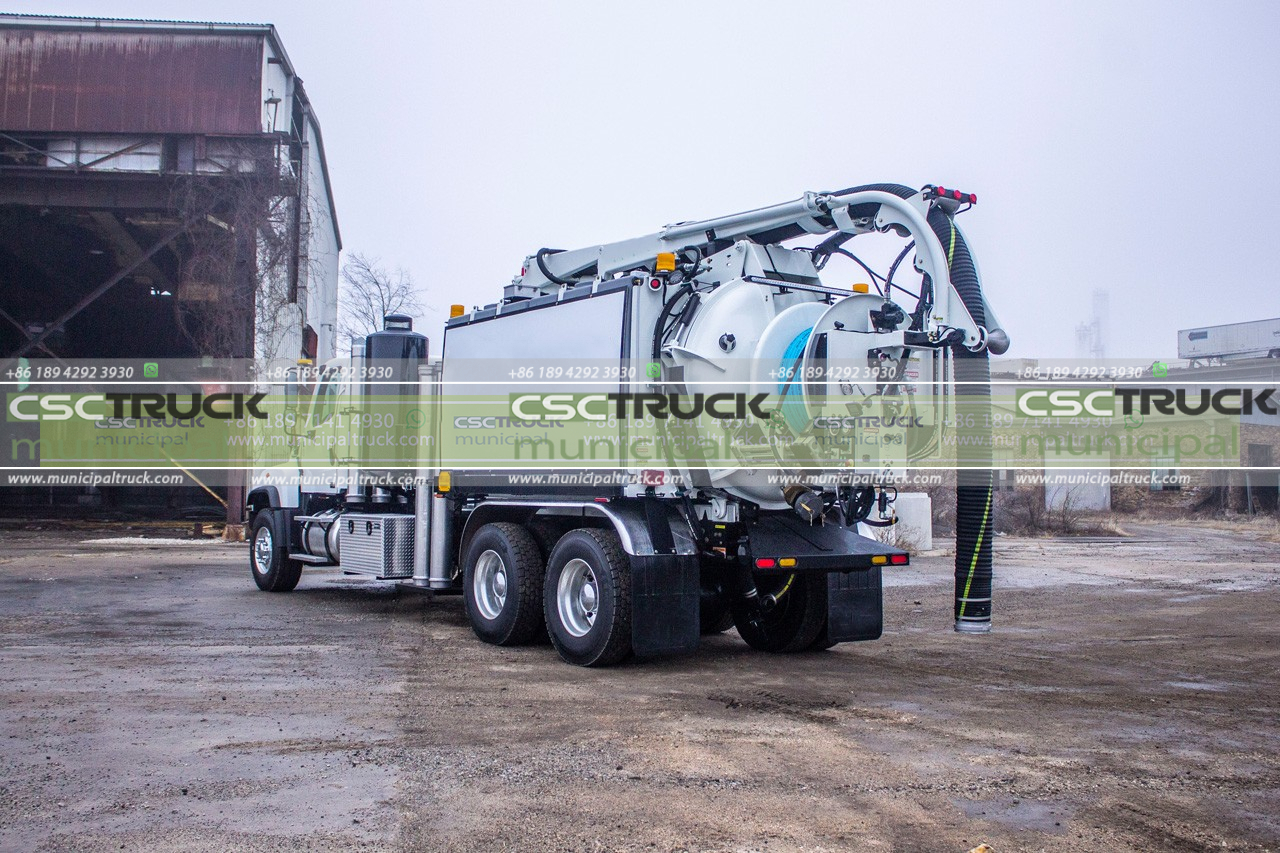
In some cases, sewage trucks may also transport their contents to dedicated sludge treatment facilities. These facilities specialize in the treatment and disposal of sludge generated during the sewage treatment process. Sludge treatment plants employ various techniques, including thickening, dewatering, and stabilization, to reduce the volume of sludge and transform it into a more manageable and environmentally friendly form.
It is worth noting that the disposal of sewage waste is strictly regulated to ensure public health and environmental protection. Government agencies and environmental authorities set guidelines and standards to govern the entire process, from collection to treatment and disposal. These regulations ensure that the disposal of sewage waste is conducted safely, minimizing the risk of contamination and adverse impacts on ecosystems.
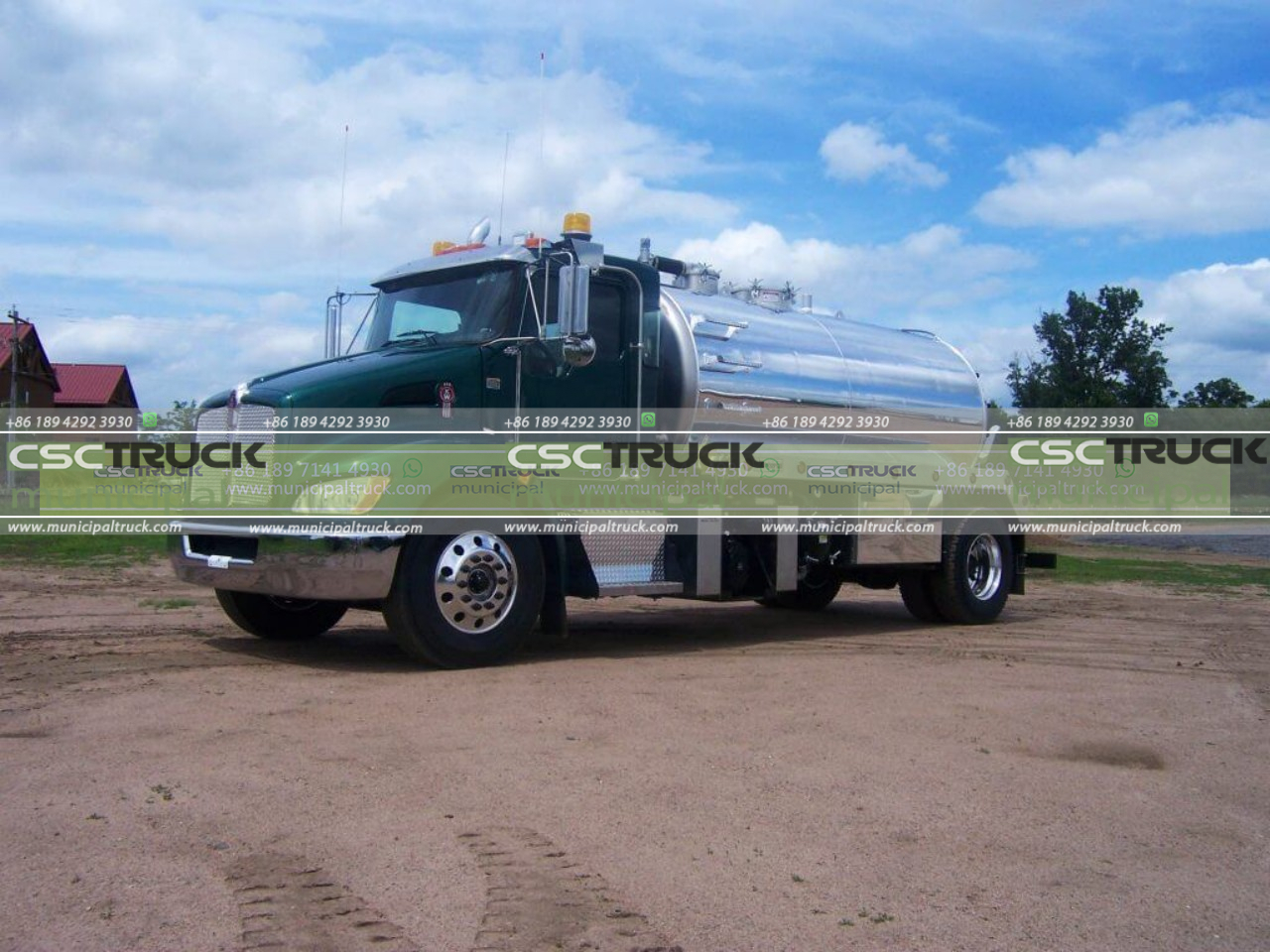
In conclusion, sewage trucks play a crucial role in the proper management and disposal of wastewater and sewage. These vehicles transport their contents to sewage treatment plants, where the waste undergoes a series of processes to remove pollutants and contaminants. The treated water is then released back into the environment, following strict regulations, while the sludge undergoes further treatment and disposal. As wastewater treatment technologies continue to advance, the focus has shifted toward resource recovery and sustainable practices. With ongoing innovation and regulation, the disposal of sewage waste aims to minimize environmental impact, conserve resources, and ensure the well-being of communities.
Contact us for this municipal truck or similar trucks: [email protected] Call us or What's APP us: +86 189 4292 3930
